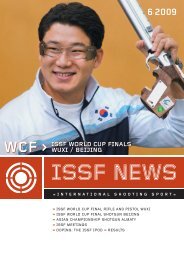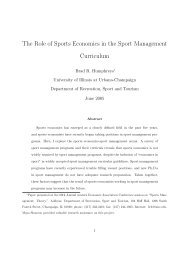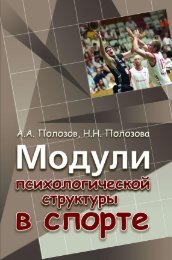Totally Tae Kwon Do Magazine - Issue 17 - Usadojo
Totally Tae Kwon Do Magazine - Issue 17 - Usadojo
Totally Tae Kwon Do Magazine - Issue 17 - Usadojo
You also want an ePaper? Increase the reach of your titles
YUMPU automatically turns print PDFs into web optimized ePapers that Google loves.
usually performed with much tension and<br />
muscular power. Any objective viewer<br />
would immediately identify them as<br />
representative of hard style martial arts.<br />
ITF <strong>Tae</strong>kwon-<strong>Do</strong>, however, has become<br />
much more relaxed because of its iconic<br />
(and often misunderstood) sine wave<br />
principle. The sine wave motion, when<br />
performed correctly, requires that the<br />
practitioner be completely relaxed, except<br />
at the moment of impact. The tempo of ITF<br />
<strong>Tae</strong>kwon-<strong>Do</strong> patterns have also slowed<br />
down over the years.<br />
With a few exceptions,<br />
the tempo is generally<br />
never rushed. 2 ITF<br />
<strong>Tae</strong>kwon-<strong>Do</strong> has also<br />
moved away from the<br />
stocky Karate motions<br />
of its past. The<br />
preliminary motions in<br />
ITF <strong>Tae</strong>kwon-<strong>Do</strong> have<br />
become more circular<br />
contributing to more<br />
fluidity in technique. In<br />
this sense, patterns in<br />
ITF <strong>Tae</strong>kwon-<strong>Do</strong> have<br />
moved towards a more<br />
soft style approach with<br />
normally more relaxed<br />
and fluid movements,<br />
and a slowed down<br />
tempo. This way of<br />
movement is more<br />
conducive to Ki training.<br />
While breathing and<br />
stretching exercises and<br />
patterns can help you<br />
become aware of Ki in<br />
yourself, it does little to hone your skills for<br />
sensing the Ki in other people. One part of<br />
<strong>Tae</strong>kwon-<strong>Do</strong> training that I believe can<br />
help with developing sensitivity to the Ki (or<br />
intention) of one’s opponent is prearranged<br />
sparring. Prearranged sparring usually<br />
involves two practitioners practising<br />
together. The appointed attacker attacks<br />
with a set number of movements. Often the<br />
defender knows exactly how the attacker<br />
will attack. For instance, Three Step<br />
The author and another black belt<br />
practitioner “waiting” and anticipating each<br />
other’s intentions during a controlled free<br />
sparring exercise at the main ITF dojang in<br />
Seoul, Korea. Notice how both players are<br />
completely relaxed, yet focussed.<br />
Sparring usually involves that the attacker<br />
steps forward with three walking stance<br />
punches. The defender is then required to<br />
defend against these set attacks by<br />
blocking each punch and finishing the<br />
sequence with a counter attack. Or Two<br />
Step Sparring may involve two attacks,<br />
likely a hand attack first, followed by a foot<br />
attack second. The defender blocks the<br />
two attacks and finishes the exercise with a<br />
counter attack. The main purpose of<br />
prearranged sparring is to acquaint the<br />
practitioner with<br />
appropriate angles and<br />
distances for various<br />
offensive and defensive<br />
manoeuvres. It also<br />
gives the defender the<br />
opportunity to try out a<br />
variety of different<br />
defensive and offensive<br />
manoeuvres. If the<br />
defender knows exactly<br />
what the attacker will do,<br />
prearranged sparring will<br />
add little for Ki<br />
development; however,<br />
a slight modification can<br />
change prearranged<br />
sparring into excellent<br />
reaction and Kisensitivity<br />
exercises. If<br />
the prearranged sparring<br />
is performed with the<br />
number of attacks known<br />
(be it Three Steps, Two<br />
Steps, or One Step), but<br />
the type of attacks are<br />
unknown, the exercise<br />
suddenly requires the<br />
defender to anticipate how his partner will<br />
attack. This makes the exercise similar to a<br />
real sparring match in that the practitioner<br />
knows that an attack is coming, but does<br />
not know in what form it will come. The<br />
defender is required to act reflexively. The<br />
novice practitioner often waits to see what<br />
attack is coming; advanced practitioner<br />
relies less on sight and more on an intuitive<br />
feeling—a sensitivity to their partner’s<br />
intention or Ki.<br />
<strong>Totally</strong> <strong>Tae</strong> <strong>Kwon</strong> <strong>Do</strong> - 43

















